 President Trump revives talk of scrapping the North American trade pact—but time may not be on his side. In related news: Canada’s ambassador to the US, Kirsten Hillman is leaving her post; and a new report says tariffs are hurting every US border state. In other Business news: a strike has been called at Krugers’s LaSalle plant; more questions on the future of Terrace Bay’s pulp mill; and the fight to save Viking Lumber in Alaska. Meanwhile, the US interest rate reduction will help; Home Depot forecasts slower growth; and RYAM’s CEO De Lyle Bloomquist is retiring.
President Trump revives talk of scrapping the North American trade pact—but time may not be on his side. In related news: Canada’s ambassador to the US, Kirsten Hillman is leaving her post; and a new report says tariffs are hurting every US border state. In other Business news: a strike has been called at Krugers’s LaSalle plant; more questions on the future of Terrace Bay’s pulp mill; and the fight to save Viking Lumber in Alaska. Meanwhile, the US interest rate reduction will help; Home Depot forecasts slower growth; and RYAM’s CEO De Lyle Bloomquist is retiring.
In Forestry/Climate news: the US Congress renews funding for rural counties and schools; concerns mount over changes to the US Endangered Species Act; the US Forest Service reduced wildfire risk treatments in 2025; Mosaic Forest Management is revamping its backcountry access strategy; and Weyerhaeuser signs a biocarbon MOU.
Finally, how the Next Big Thing in Carbon Removal sunk without a trace.
Kelly McCloskey, Tree Frog News Editor
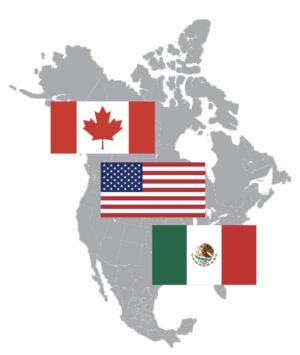 The negotiations that remade the North American Free Trade Agreement were, as one participant put it, a series of “near-death” experiences. …In the years since the U.S.M.C.A was signed, Mexico and Canada have become America’s top trading partners. Millions of jobs depend on this economic alliance, which exceeds $1.8 trillion in trade. …Last week, Trump suggested that he would exit the U.S.M.C.A.: “We’ll either let it expire or, well, maybe work out another deal with Mexico and Canada.” Some observers discount Trump’s bluster as mere gamesmanship. …He returned to the White House on a promise to create jobs and lower prices—to make the country “boom like we’ve never boomed before.” Instead, tariffs are fuelling inflation, and many experts believe that it is only a matter of time before the economy starts hemorrhaging jobs. …As in the previous round of negotiations, time does not appear to be on Trump’s side.
The negotiations that remade the North American Free Trade Agreement were, as one participant put it, a series of “near-death” experiences. …In the years since the U.S.M.C.A was signed, Mexico and Canada have become America’s top trading partners. Millions of jobs depend on this economic alliance, which exceeds $1.8 trillion in trade. …Last week, Trump suggested that he would exit the U.S.M.C.A.: “We’ll either let it expire or, well, maybe work out another deal with Mexico and Canada.” Some observers discount Trump’s bluster as mere gamesmanship. …He returned to the White House on a promise to create jobs and lower prices—to make the country “boom like we’ve never boomed before.” Instead, tariffs are fuelling inflation, and many experts believe that it is only a matter of time before the economy starts hemorrhaging jobs. …As in the previous round of negotiations, time does not appear to be on Trump’s side.
 Domtar officials are reassuring their Port Alberni workers that the closure of the company’s Crofton Mill will have minimal impact here. Chris Stoicheff – Senior Director of Public Affairs at Domtar – says the company and entire industry needs provincial forestry rules to change to ensure fibre supply to BC mills. “We’re going to continue to operate that mill for the foreseeable future, but I think we’re also quite direct about the challenges that the industry is facing in BC and what we’ve been quite clear that those are policy driven constraints.” he said. Stoicheff says while most of Port Alberni’s pulp came from Crofton, that supply will now come from their Howe Sound mill. He said local MP Gord Johns work to secure a biomass tax credit is an example of the government support the forest industry needs.
Domtar officials are reassuring their Port Alberni workers that the closure of the company’s Crofton Mill will have minimal impact here. Chris Stoicheff – Senior Director of Public Affairs at Domtar – says the company and entire industry needs provincial forestry rules to change to ensure fibre supply to BC mills. “We’re going to continue to operate that mill for the foreseeable future, but I think we’re also quite direct about the challenges that the industry is facing in BC and what we’ve been quite clear that those are policy driven constraints.” he said. Stoicheff says while most of Port Alberni’s pulp came from Crofton, that supply will now come from their Howe Sound mill. He said local MP Gord Johns work to secure a biomass tax credit is an example of the government support the forest industry needs.


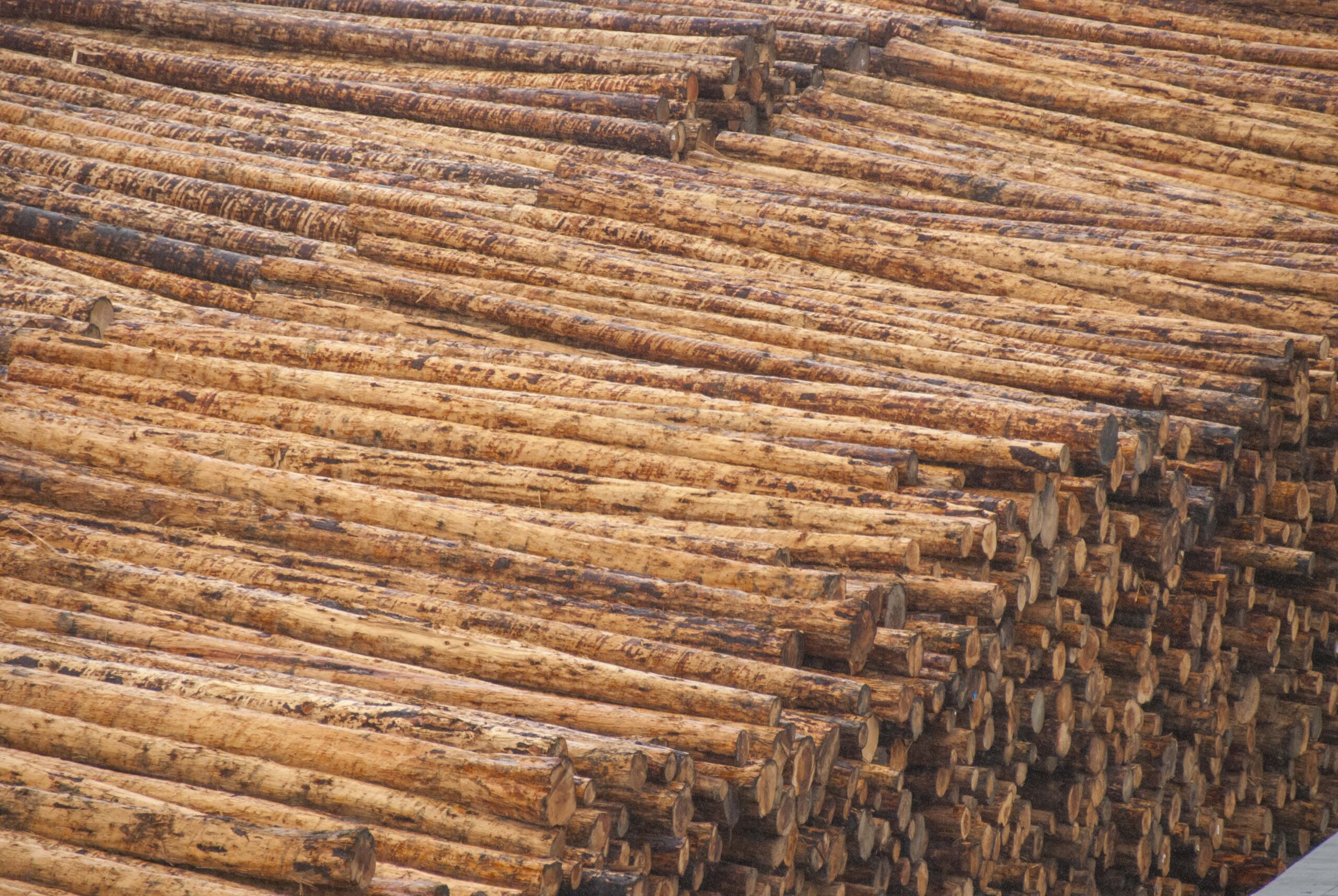 The effect of 10% tariffs on Canadian wood imports was the subject of a public hearing before the state’s Maine-Canadian Legislative Advisory Commission Wednesday. Dana Doran is executive director of the Professional Logging Contractors of the Northeast who says his members are struggling to stay afloat. “If they buy wood from Canada it’s hit by a 10% tariff on those raw logs. If they export any of their finished product they’re subject to any of the export tariffs,” Doran said. “So we’ve seen a chaotic situation that has occurred over the past 8 weeks because of the situation with tariffs.” Doran says if the U.S. had more domestic manufacturing of building and construction products it would have a bigger share of the marketplace, which could blunt tariffs. But Canada, he says, has 60% of that market.
The effect of 10% tariffs on Canadian wood imports was the subject of a public hearing before the state’s Maine-Canadian Legislative Advisory Commission Wednesday. Dana Doran is executive director of the Professional Logging Contractors of the Northeast who says his members are struggling to stay afloat. “If they buy wood from Canada it’s hit by a 10% tariff on those raw logs. If they export any of their finished product they’re subject to any of the export tariffs,” Doran said. “So we’ve seen a chaotic situation that has occurred over the past 8 weeks because of the situation with tariffs.” Doran says if the U.S. had more domestic manufacturing of building and construction products it would have a bigger share of the marketplace, which could blunt tariffs. But Canada, he says, has 60% of that market.
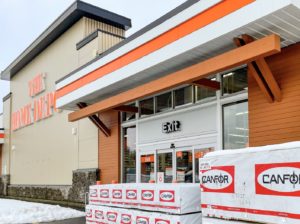 ATLANTA — Home Depot gave a cautious outlook for fiscal 2026 as the housing market continues to lag. Shares of the home-improvement retailer fell 2.4% to $341.62 in premarket trading on Tuesday. The company expects sales to rise between 2.5% to 4.5% in fiscal 2026, the midpoint of which is up from its guidance for 3% growth this fiscal year. Analysts polled by FactSet were looking for growth of 4.5%. …Home Depot said it expects those metrics to rise at a faster clip if the housing market gains momentum and there is increased spend on larger projects, driven by pent-up demand. The Atlanta company’s market-recovery case forecasts sales will grow about 5% to 6%, earnings per share will increase about mid- to high-single digits and comparable sales will be up 4% to 5%. “We believe that the pressures in housing will correct and provide the home improvement market with support for growth faster than the general economy”.
ATLANTA — Home Depot gave a cautious outlook for fiscal 2026 as the housing market continues to lag. Shares of the home-improvement retailer fell 2.4% to $341.62 in premarket trading on Tuesday. The company expects sales to rise between 2.5% to 4.5% in fiscal 2026, the midpoint of which is up from its guidance for 3% growth this fiscal year. Analysts polled by FactSet were looking for growth of 4.5%. …Home Depot said it expects those metrics to rise at a faster clip if the housing market gains momentum and there is increased spend on larger projects, driven by pent-up demand. The Atlanta company’s market-recovery case forecasts sales will grow about 5% to 6%, earnings per share will increase about mid- to high-single digits and comparable sales will be up 4% to 5%. “We believe that the pressures in housing will correct and provide the home improvement market with support for growth faster than the general economy”.



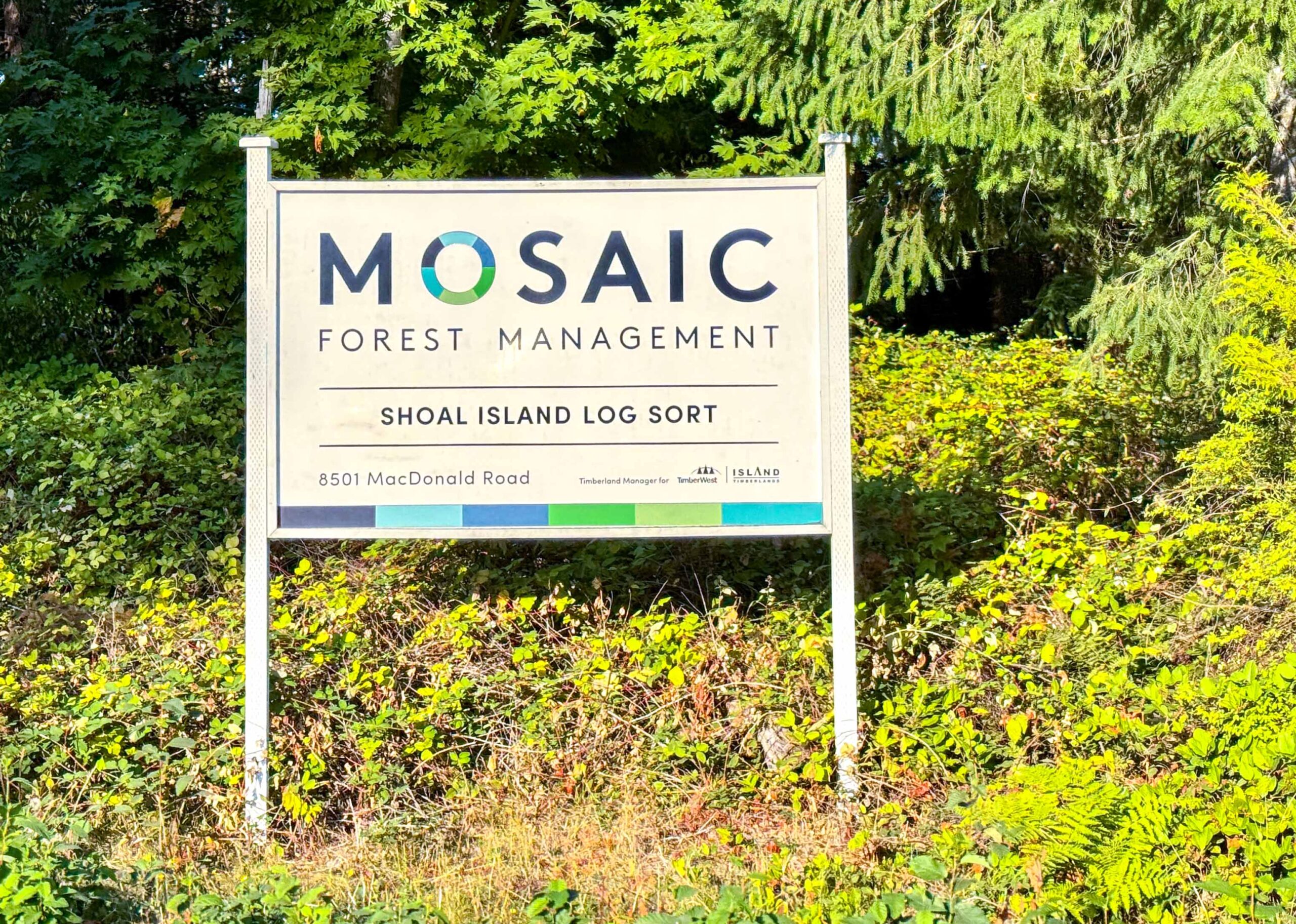 Mosaic Forest Management is moving forward with plans to modernize its access program, following a survey earlier this year. In May, 7,600 respondents “clearly indicated Islanders want well-managed public recreation access,” Mosaic said. To that end, Mosaic hired RC Strategies and Legacy Tourism Group. The two firms will build a stronger system for managing recreation on Mosaic lands, balancing public access with environmental protection, safety, and operational needs. Pilot initiatives are expected to be implemented in 2026. …The upcoming engagement process will include First Nations, users, and community members, [as well as] local and provincial governments to address challenges that private forest landowners cannot resolve independently. …“Mosaic is taking a progressive step that very few private landowners have undertaken at this scale,” said Justin Ellis, Partner at RC Strategies. “We’re excited to help develop a recreation access program that balances great outdoor experiences with the operational and environmental realities of a privately owned working forest.”
Mosaic Forest Management is moving forward with plans to modernize its access program, following a survey earlier this year. In May, 7,600 respondents “clearly indicated Islanders want well-managed public recreation access,” Mosaic said. To that end, Mosaic hired RC Strategies and Legacy Tourism Group. The two firms will build a stronger system for managing recreation on Mosaic lands, balancing public access with environmental protection, safety, and operational needs. Pilot initiatives are expected to be implemented in 2026. …The upcoming engagement process will include First Nations, users, and community members, [as well as] local and provincial governments to address challenges that private forest landowners cannot resolve independently. …“Mosaic is taking a progressive step that very few private landowners have undertaken at this scale,” said Justin Ellis, Partner at RC Strategies. “We’re excited to help develop a recreation access program that balances great outdoor experiences with the operational and environmental realities of a privately owned working forest.”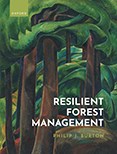
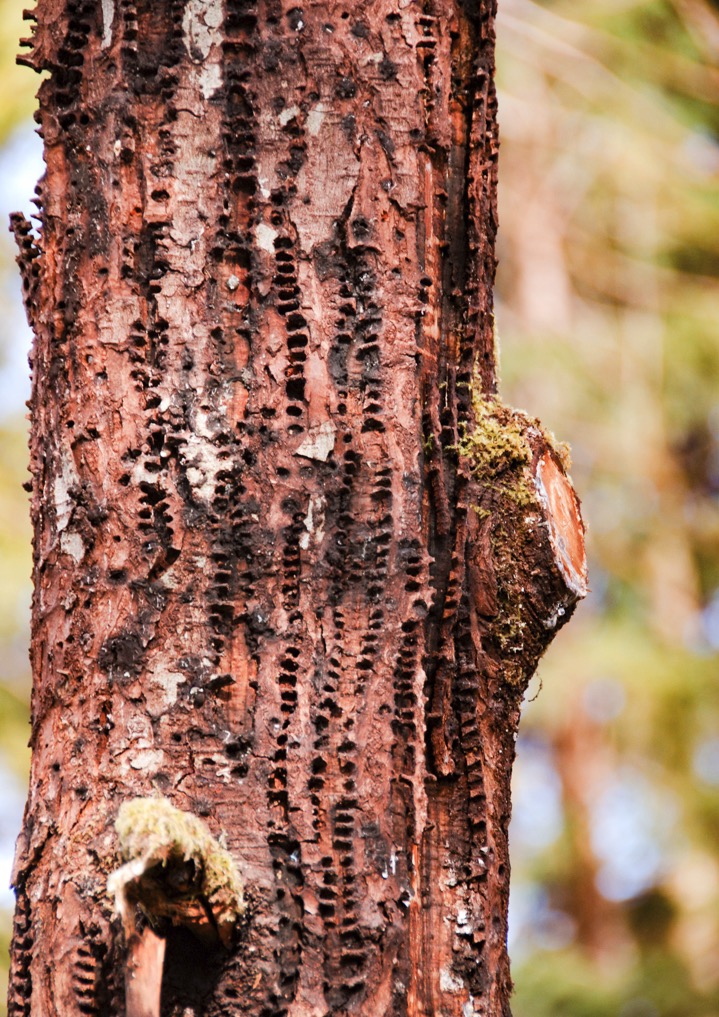 The Trump administration’s pending deletion of the Endangered Species Act’s definition of “harm” will have an outsize impact on imperiled species in Northwest forests targeted for logging, especially the northern spotted owl, environmental attorneys say. Habitat for several species, including the threatened owl and the endangered marbled murrelet seabird, overlap with federally-managed forests in Oregon, Washington, and California, where logging is expected to increase under White House emergency orders and a new law that requires a roughly 75% increase in timber harvesting in national forests by 2034. “Without adequate, suitable places to live and reproduce, species go extinct,” said Melinda Taylor, senior lecturer at the University of Texas at Austin School of Law. “Repealing the definition of harm would undermine almost all of the regulatory framework in place to protect endangered species.”
The Trump administration’s pending deletion of the Endangered Species Act’s definition of “harm” will have an outsize impact on imperiled species in Northwest forests targeted for logging, especially the northern spotted owl, environmental attorneys say. Habitat for several species, including the threatened owl and the endangered marbled murrelet seabird, overlap with federally-managed forests in Oregon, Washington, and California, where logging is expected to increase under White House emergency orders and a new law that requires a roughly 75% increase in timber harvesting in national forests by 2034. “Without adequate, suitable places to live and reproduce, species go extinct,” said Melinda Taylor, senior lecturer at the University of Texas at Austin School of Law. “Repealing the definition of harm would undermine almost all of the regulatory framework in place to protect endangered species.” 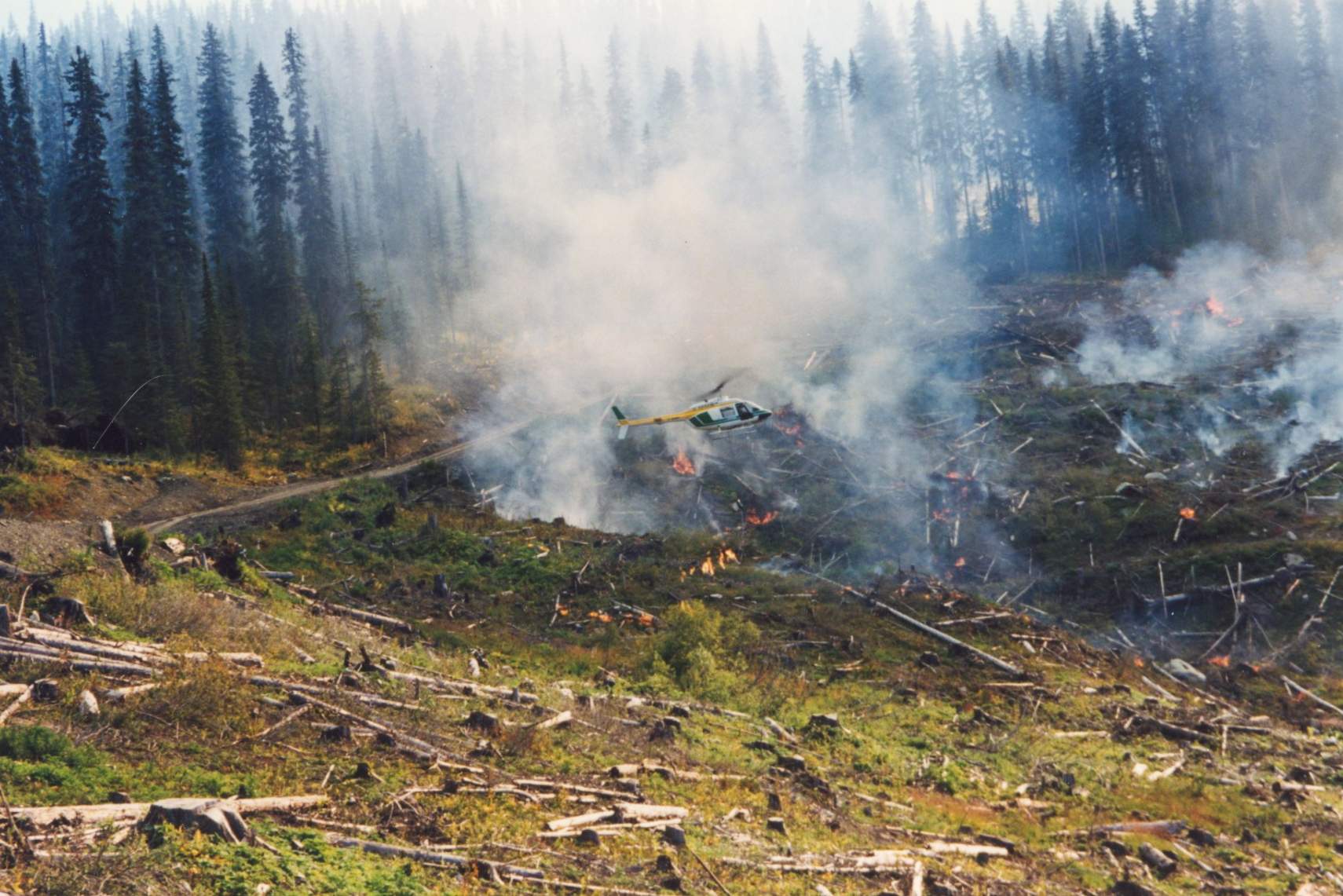 A new analysis making the rounds on Capitol Hill says the U.S. Forest Service sharply scaled back prescribed burns, thinning and other fuel-reduction work this year, leaving far fewer acres treated than in recent years. Through the first nine months of 2025, the agency logged under 1.7 million acres of treatments, well below the roughly four-year average that wildfire experts say is needed to protect communities and watersheds. The drop-off has Democratic senators and veteran firefighters pressing the agency for staffing numbers and a concrete plan to catch up before next fire season. As reported by Times of San Diego, the data cited by lawmakers comes from an analysis compiled by Grassroots Wildland Firefighters that compares the January-September 2025 total to a roughly 3.6 million-acre annual average from 2021-2024. Senators circulated that tally in a letter demanding detailed staffing and mitigation plans from the Forest Service.
A new analysis making the rounds on Capitol Hill says the U.S. Forest Service sharply scaled back prescribed burns, thinning and other fuel-reduction work this year, leaving far fewer acres treated than in recent years. Through the first nine months of 2025, the agency logged under 1.7 million acres of treatments, well below the roughly four-year average that wildfire experts say is needed to protect communities and watersheds. The drop-off has Democratic senators and veteran firefighters pressing the agency for staffing numbers and a concrete plan to catch up before next fire season. As reported by Times of San Diego, the data cited by lawmakers comes from an analysis compiled by Grassroots Wildland Firefighters that compares the January-September 2025 total to a roughly 3.6 million-acre annual average from 2021-2024. Senators circulated that tally in a letter demanding detailed staffing and mitigation plans from the Forest Service.
